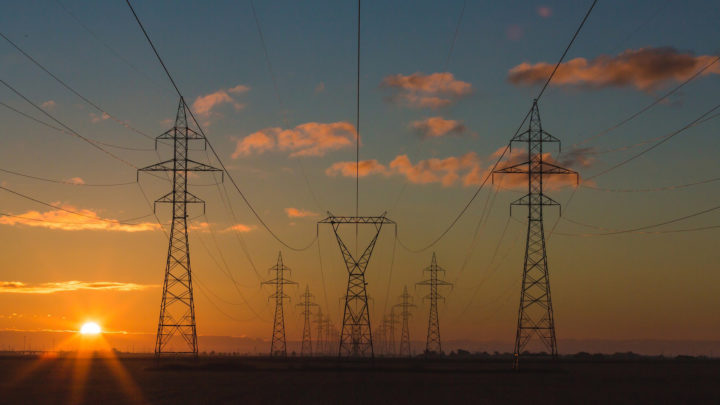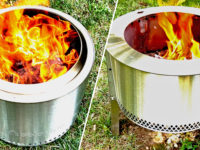The following post is sponsored by Cummins.
Nothing feels quite as high-tech as a smart home. Upgrading your phone and computers is great, but the right smart home gadgets can make your house feel like something out of a sci-fi movie. Lights can come on at the sound of your voice. Your doors can lock themselves when it’s time to wind down for the night. You can even monitor your home from anywhere in the world with a live HD video stream.
As great as smart home technology can be, there’s one critical flaw in most homeowners’ smart home planning that can quickly take your high-tech haven back to the stone age: power outages.
Almost all smart home gadgets and appliances rely on a power source to function, and if you don’t have a game plan for when the power goes out, you might find some of the critical systems and security products you depend on, could go belly-up right when you need them the most. Here are three ways to make sure your smart home stays connected.
1. Schedule Regular Battery Changes and Charges
If your smart home products don’t have a plug, they almost certainly rely on a battery source for their power. Today’s battery-powered gadgets can stay charged for months (and sometimes more than a year), but it’s all too easy to forget to charge your favorite gadgets on a regular basis. I’ve found it’s best to set up a calendar reminder once a quarter to grab my security cameras and other rechargeables and charge them all at once. Some can take hours to fully charge, so let your devices charge overnight so they’re ready to be used again in the morning.
If you’re using products like smart door locks that require replaceable batteries, consider investing in rechargeables like Panasonic’s great Eneloop line. They’ll save you a ton of money over time, and they’re better for the environment than the typical throw-away alkalines.
2. Get a UPS for Critical Systems
Your cameras and motion sensors may be immune to power outages thanks to their batteries, but they’re practically useless if they can’t connect to the internet. That’s where an uninterruptible power supply (or UPS) comes in.
If you experience regular power interruptions (which are especially common in apartments or new construction neighborhoods), an inexpensive UPS can keep your modem, router, and smart home hub functioning, even when the power’s out for hours on end. This can keep critical security systems like WiFi smart cameras and sensors up and running, helping you stay safe and secure until the power’s back on.
3. Stay “On-the-Grid” with a Home Generator
If you want the most stable smart home system, investing in a home generator is the way to go. Cummins QuietConnect home generators are an affordable upgrade to your home that can make all the difference in prolonged power outages caused by natural disasters, extreme weather, or other emergencies.
Not only will a Cummins generator keep your smart gadgets running and connected, but it can even power your lights, HVAC system, and other creature comforts that are the first thing to go when a storm hits. Your smart home will always be online, and more importantly, your family will feel safe and comfortable.
As you plan out your smart home or consider your next big upgrade, don’t forget to plan for power. With a few smart choices, you can build the home of your dreams to be as reliable as it is futuristic.

















Pingback: Renters: Using Smart Home Technology to Save on Utilities | ABODO